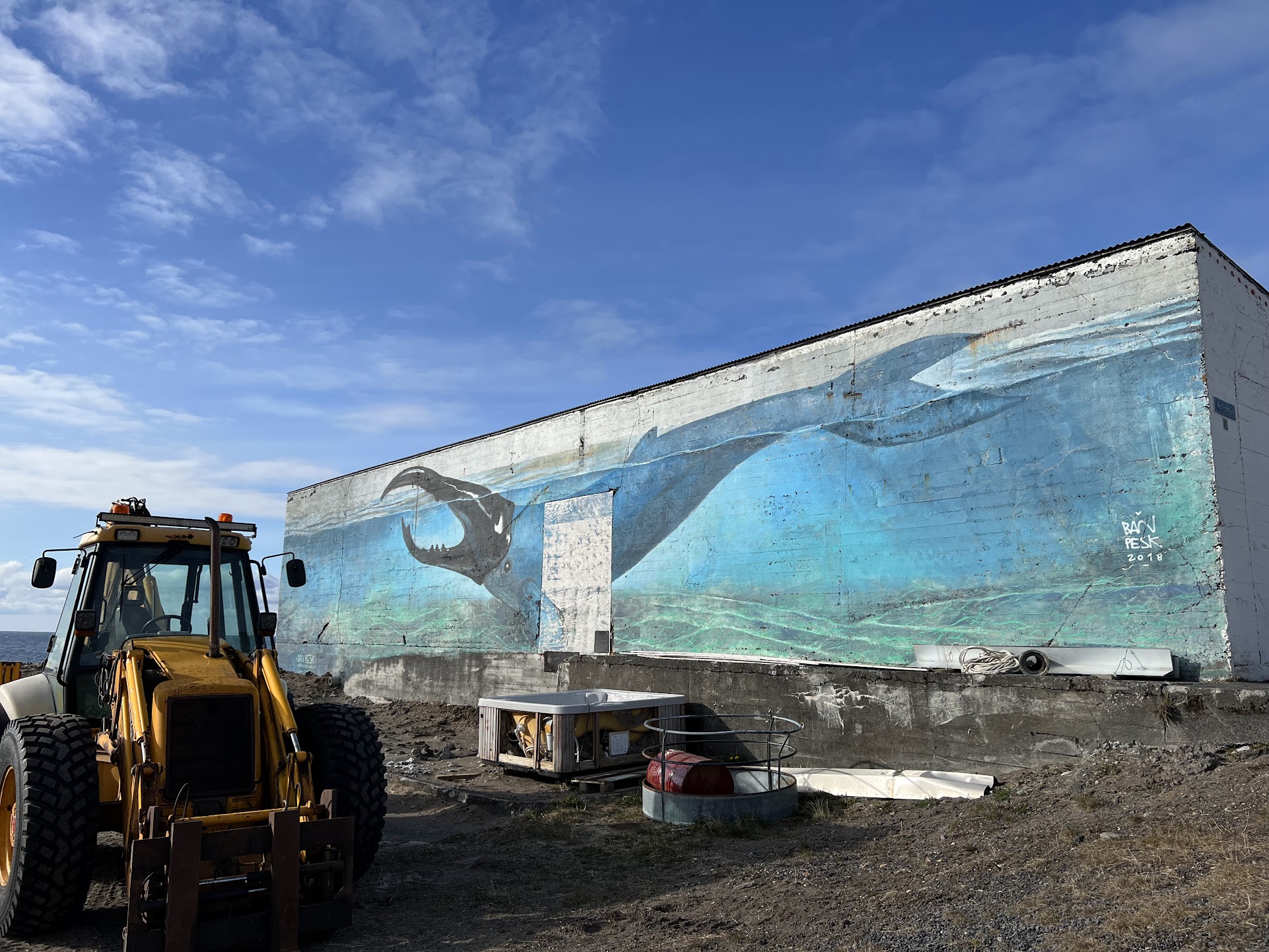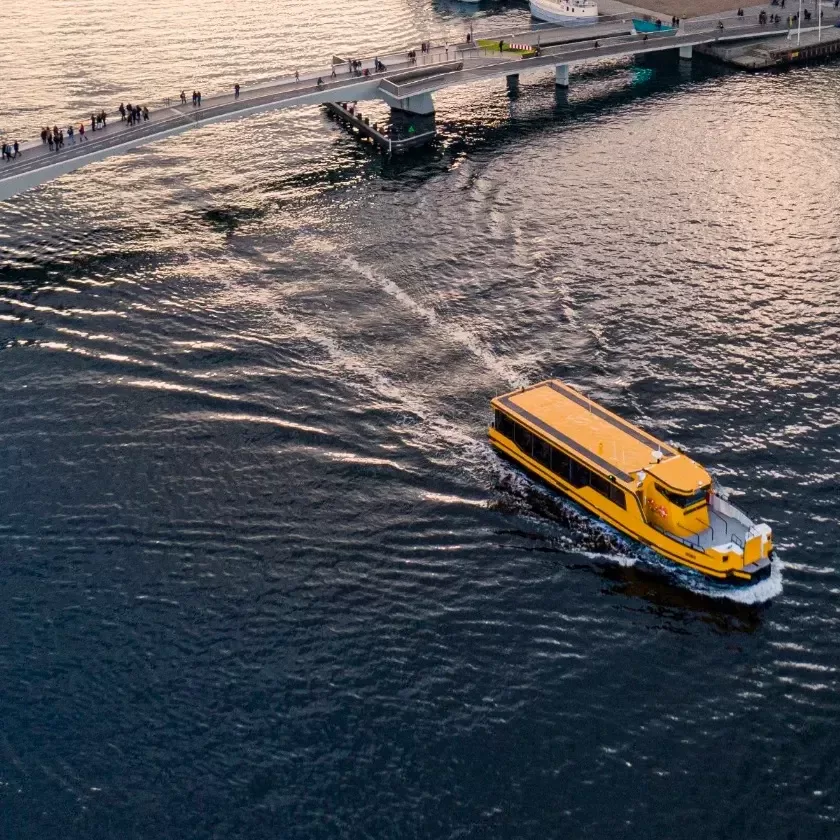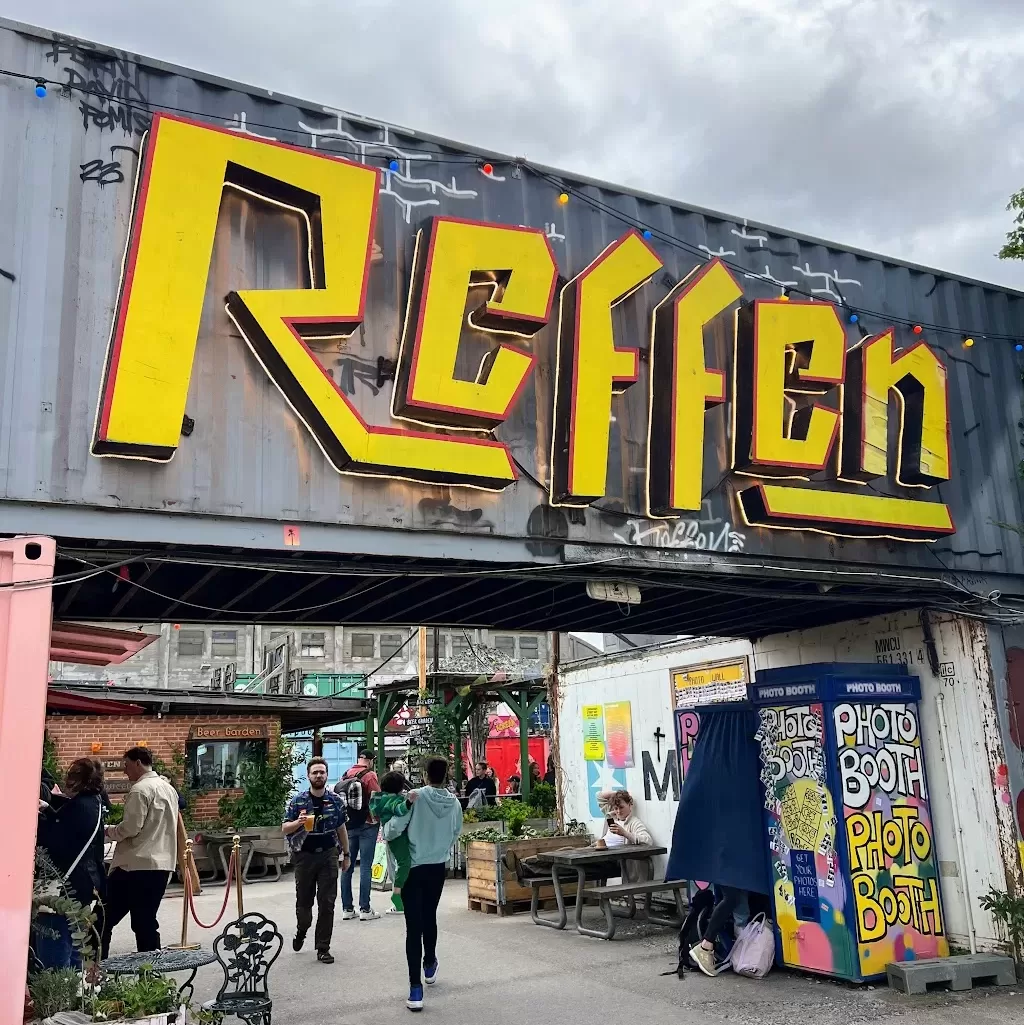
Learn about the unique history, culture, and environment of Iceland through these 10 interesting facts!
Iceland is known as the “Land of Fire and Ice.” It has about 130 volcanoes that have produced a third of all lava on Earth, and 11% of the country is covered in glacial ice. The colors of Iceland’s flag represent its landscape: red for volcanic fire, white for snow and ice, and blue for the mountains.
Iceland is the least populated country in Europe. About 80% of it is uninhabitable! Almost two-thirds of its 380,000 inhabitants live in the Reykjavik area, the world’s northernmost capital. The rest of the population is spread around the coastline, mostly in fishing towns and farmland regions.
According to ancient naming traditions rooted in the Viking Age, Icelanders’ surnames are derived from a parent’s first name rather than traditional family names that are passed down. For example, with the name Jón Einarsson, Jón is the person’s first name, and Einarsson means “son of Einar.”
Iceland’s most dramatic landscapes result from its volcanic activity, including its lava fields, black sand beaches, geothermal pools and geysers, glaciers, and coastline of fjords. Iceland is so otherworldly that nine of the 12 U.S. Apollo astronauts first to set foot on the Moon, including Neil Armstrong, trained for their mission in Iceland’s lunar-like landscapes in the 1960s.
A small number of Irish monks were believed to first inhabit Iceland before Norse settlers, mostly from Norway, arrived in 874 during the Viking Age. In 930, they established a republican constitution and an assembly called the Althingi, the oldest parliament in the world. Centuries later, Iceland was under Norwegian and then Danish rule until it became an independent republic in 1944.
Icelandic folklore is an important part of the country’s culture and dates back to its Celtic and Norse beginnings. Many Icelanders believe in Huldufólk, or hidden people similar to elves, and other mythical creatures. They avoid disturbing areas thought to be inhabited by elves (even diverting infrastructure projects!), as disrespecting them is said to result in misfortune or bad luck.
Iceland sits between the North American and Eurasian tectonic plates. You can see where these pieces of the Earth’s crust meet above sea level at Þingvellir National Park! The plates move apart, and magma rises to fill the gap, creating heat and pressure that forms volcanoes. Iceland harnesses its volcanic activity into geothermal energy. About 85% of all houses in Iceland are heated with it!
Icelanders have soaked in mineral-rich geothermal waters since Viking times. Hot springs and geothermal pools are integral to Icelandic culture, serving as communal gathering spots to relax and socialize year-round. “The Finns have their saunas, the British have their pubs, the French have their cafes. We Icelanders have our swimming pools,” explains Icelandic filmmaker Jón Karl Helgason.
Since 2008, Iceland has been ranked the world’s most peaceful country by a considerable margin. Iceland has never had a military, and because of its low crime rate, police officers don’t carry guns!
Iceland is committed to preserving its language. Of the Nordic languages, the Icelandic language is closest to the Old Norse language. It has remained relatively unchanged since the 12th century. That means that today, Icelanders can still read and understand text from almost 1,000 years ago.




Such cool facts especially the geothermal energy for heating their homes.
Thank you, Victoria! Iceland is such a unique place, the hardest part about writing this post was choosing between all the cool things about the country!